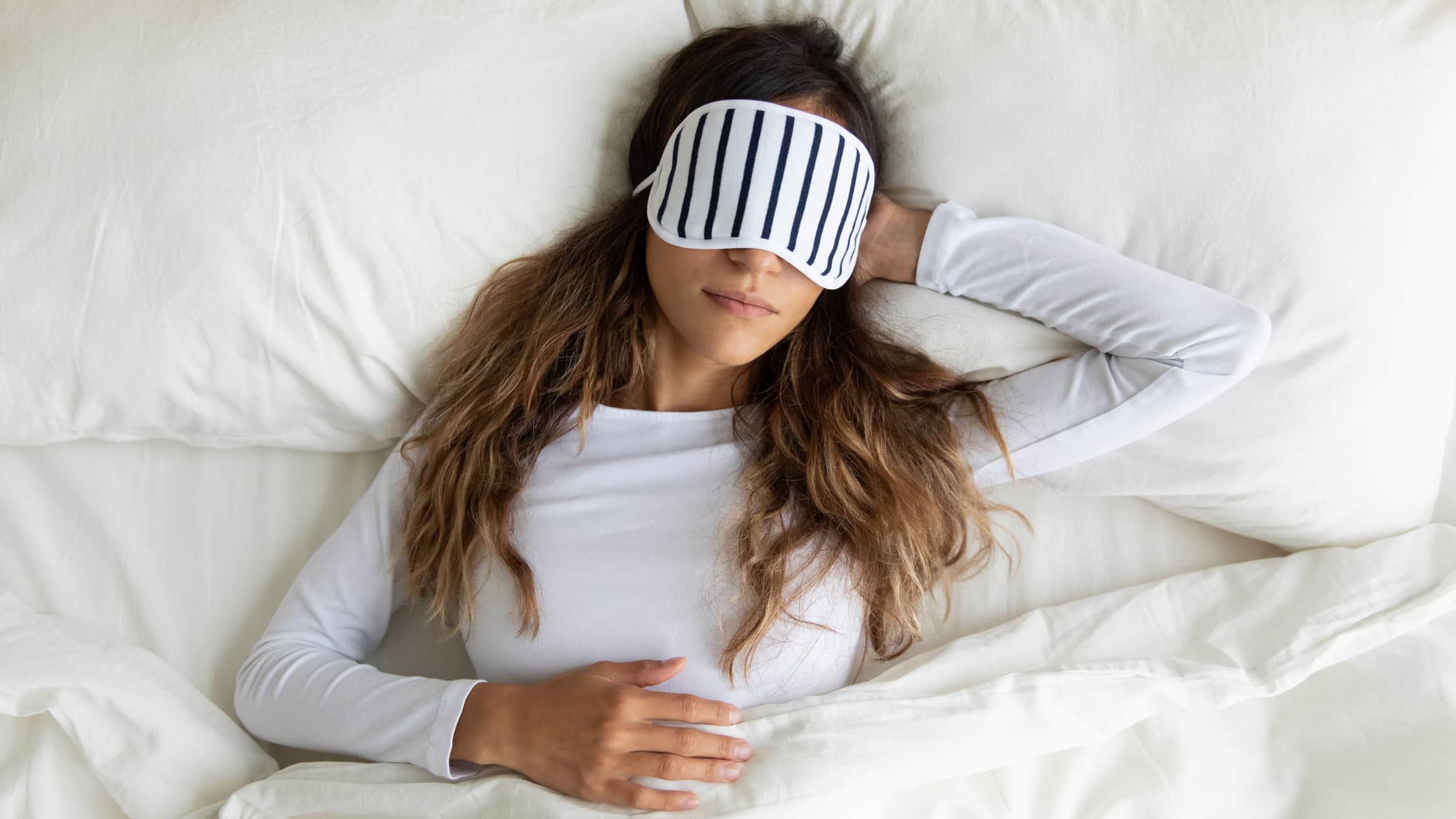While most doctors recommend a sleeping temperature of around 65 degrees Fahrenheit, the optimal temperature range for individuals can vary. To find the ideal temperature for your bedroom, it may take a little experimentation and patience. After a few nights of sleeping with temperatures in the range of 60 to 67 degrees, you should have an idea of the temperature that gives you the most restful night’s sleep.
The Optimal Temperature Range for Sleep
When you sleep, your body naturally cools by a few degrees. Your body temperature continues to drop as you go through the stages of your sleep cycle, and it rises again after you wake up. This natural process of cooling and warming is a normal part of your circadian rhythm, which is an instinctual sleeping cycle that follows your routine of light exposure, physical activity and bedroom temperature.
Therefore, your bedroom temperature plays a big role in signaling to your body that it’s time to sleep and ensuring that you stay asleep. While most people report that a hot, stuffy room disrupts their sleep, excessively cold temperatures can also be a problem. When bedroom temperatures are too hot, your body has difficulty adhering to its circadian rhythm. When temperatures are too cold, you may lose warmth through your hands and feet, causing you to wake up throughout the night.
Keeping Your Bedroom Properly Heated and Cooled
Your thermostat will automatically adjust your bedroom’s temperature as you sleep. You generally won’t need to worry about temperatures being too cold in the summer or too hot in the winter, so your thermostat will simply engage the heater or air conditioner as needed. If your heater makes your bedroom too hot during the night, your thermostat may require service. While the doctor-recommended temperature range is 60 to 67 degrees, your ideal sleeping temperature could fall outside this range.
Finding the Optimal Sleeping Temperature for Your Bedroom
Start by setting your thermostat to a temperature between 60 and 67 degrees. If the outside temperature is below 60 degrees, turn on your heater before going to sleep. If it’s above this range, turn on your air conditioner.
When you begin experimenting with sleep temperatures, use your best guess for the optimal thermostat settings. If you feel tired in the morning or you wake up during the night, pay attention to how hot or cold your body feels. Cold feet or hands are a sign that your bedroom is too cold and that your body is having trouble adjusting to your circadian rhythm. Otherwise, disrupted sleep could mean your bedroom is too warm even if it’s in the range of 60 to 67 degrees.
How Can HVAC Service Help You Keep Your Room at the Optimal Temperature?
Licensed technicians can inspect your heater or air conditioner to ensure that it keeps your room at the ideal temperature. At [company_name], we offer maintenance service for heaters and air conditioners. Our service area includes all of Meridian, Idaho, and we service HVAC systems throughout McCall as well. With our help, you could soon be sleeping in the optimal temperature range for your personal circadian rhythm.
Whether your thermostat seems inaccurate or your air conditioner isn’t sufficiently cooling your bedroom, our technicians will identify the problem and recommend a solution. Your bedroom could be too hot or cold for many reasons, and we’ll ensure that the problem is resolved as quickly as possible.
What Is the Optimal Sleeping Temperature for Infants?
Babies under 11 weeks old have special temperature requirements because their bodies don’t yet reach a mature internal temperature of 98.6 degrees. An infant’s bedroom temperature should remain around 69 degrees until the child’s internal body temperature matures at around 11 weeks. Temperatures warmer than 69 degrees can increase a newborn’s risk of sudden infant death syndrome while colder temperatures can make it difficult for babies to sleep. After 11 weeks, infants reach a core sleeping temperature of around 97.5 degrees, which is about the same as that of adults.
At [company_name], we offer a wide range of maintenance and repair services for heaters and air conditioners. Our technicians can install your heater, air conditioner, lighting system or electrical panels. We also offer duct cleaning services and HVAC installations for new home constructions. Contact [company_name] today for more information.

